Harnessing Data-Driven Strategies to Empower Autistic Individuals
Unlocking the Power of Reinforcement in Behavior Management
Creating a reinforcement menu that truly works requires an individualized, data-driven approach that aligns with each student's unique preferences and behavioral function. This article explores comprehensive strategies to develop, implement, and sustain effective reinforcement systems that promote positive behaviors, foster student motivation, and support equitable practices across diverse educational settings.
Understanding the Foundations of Reinforcement in Education
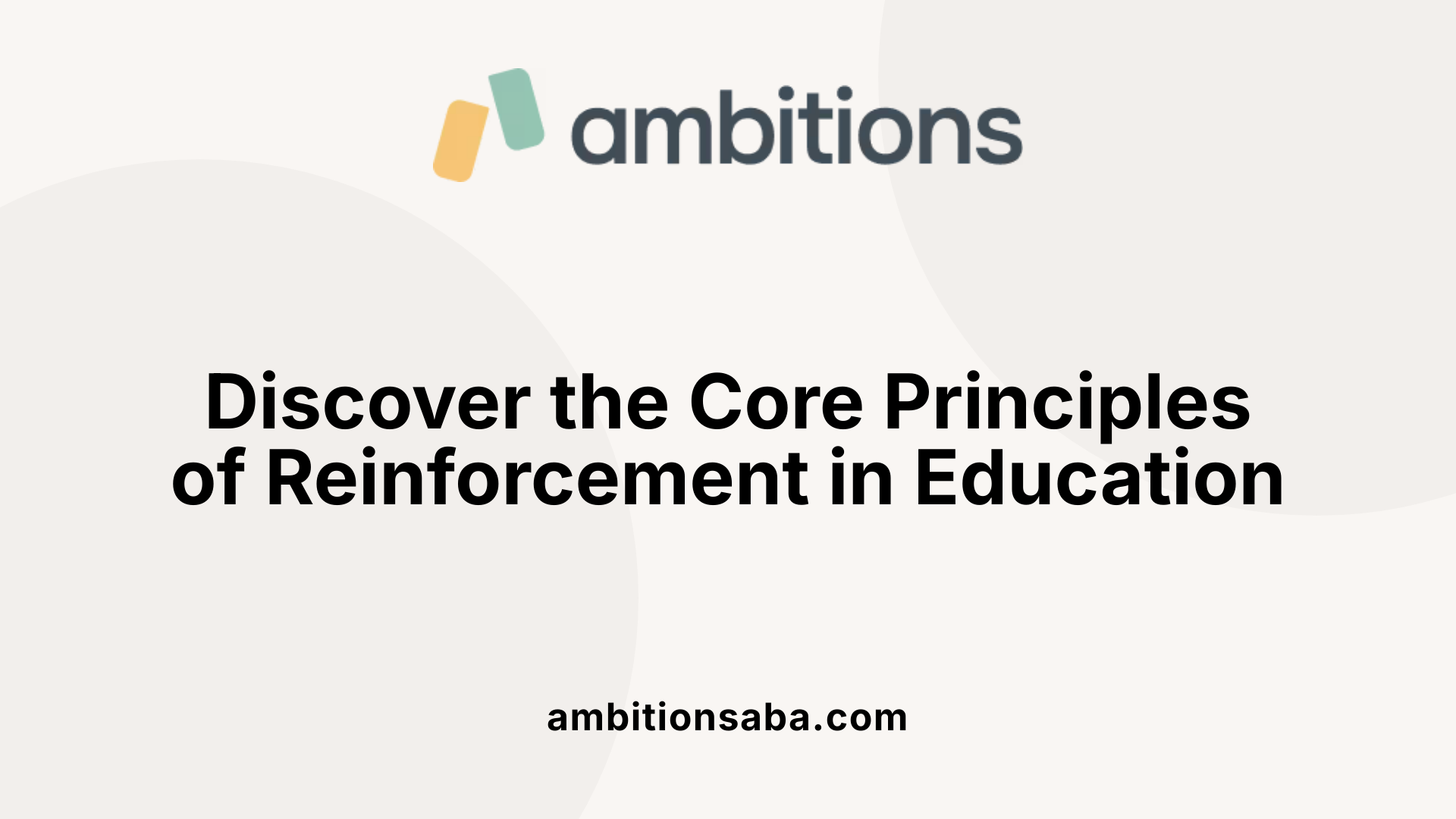
What are effective strategies for developing reinforcement menus for behavior management?
Creating effective reinforcement menus is a cornerstone of positive behavior support. These menus are highly personalized, tailored to the individual preferences and needs of each student. One of the fundamental strategies involves collecting data through preference assessments to identify which reinforcers are most meaningful and motivating for the student.
A well-designed reinforcement menu incorporates a variety of reinforcers including tangible items, social praise, access to preferred activities, and sensory experiences. This diversity ensures that reinforcers remain engaging and can be matched to different behaviors or contexts. For instance, a student may enjoy hands-on activities during independent work and social praise during group settings.
Using a data-driven approach is crucial for maintaining the relevance and effectiveness of reinforcers. Regular review and adjustment of the reinforcement menu help address issues like reward fatigue—where a student becomes uninterested in certain reinforcers—or over-reliance on particular rewards. To support ongoing motivation, educators should update reinforcers and periodically re-assess preferences.
Applying structured reinforcement strategies can significantly enhance their effectiveness. Differential reinforcement techniques, such as reinforcing alternative or incompatible behaviors, and non-contingent reinforcement, where rewards are provided independently of behavior, help in shaping desired conduct.
Reinforcement schedules, including ratio and interval models, help determine how often reinforcers are delivered, which can be fine-tuned based on the behavior's frequency and complexity. Visual aids like quick reference charts or tier lists of top reinforcers facilitate prompt reinforcement during activities.
Consistency across settings and involving students in the process adds to the effectiveness. When students help select their reinforcers, they are more invested, and their preferences are better understood, promoting cultural relevance and equity.
Finally, engaging families in reinforcement strategies ensures generalization beyond school and supports sustainable behavior change. Regular review and adaptation of reinforcement menus are essential, ensuring strategies remain aligned with evolving student preferences and behavioral functions.
In summary, creating a personalized reinforcement menu involves ongoing assessment, variety in reinforcers, strategic application of reinforcement principles, and active collaboration with students and families. These practices contribute to building positive relationships, fostering motivation, and effectively managing behaviors in educational settings.
Conducting Preference Assessments to Identify Effective Reinforcers
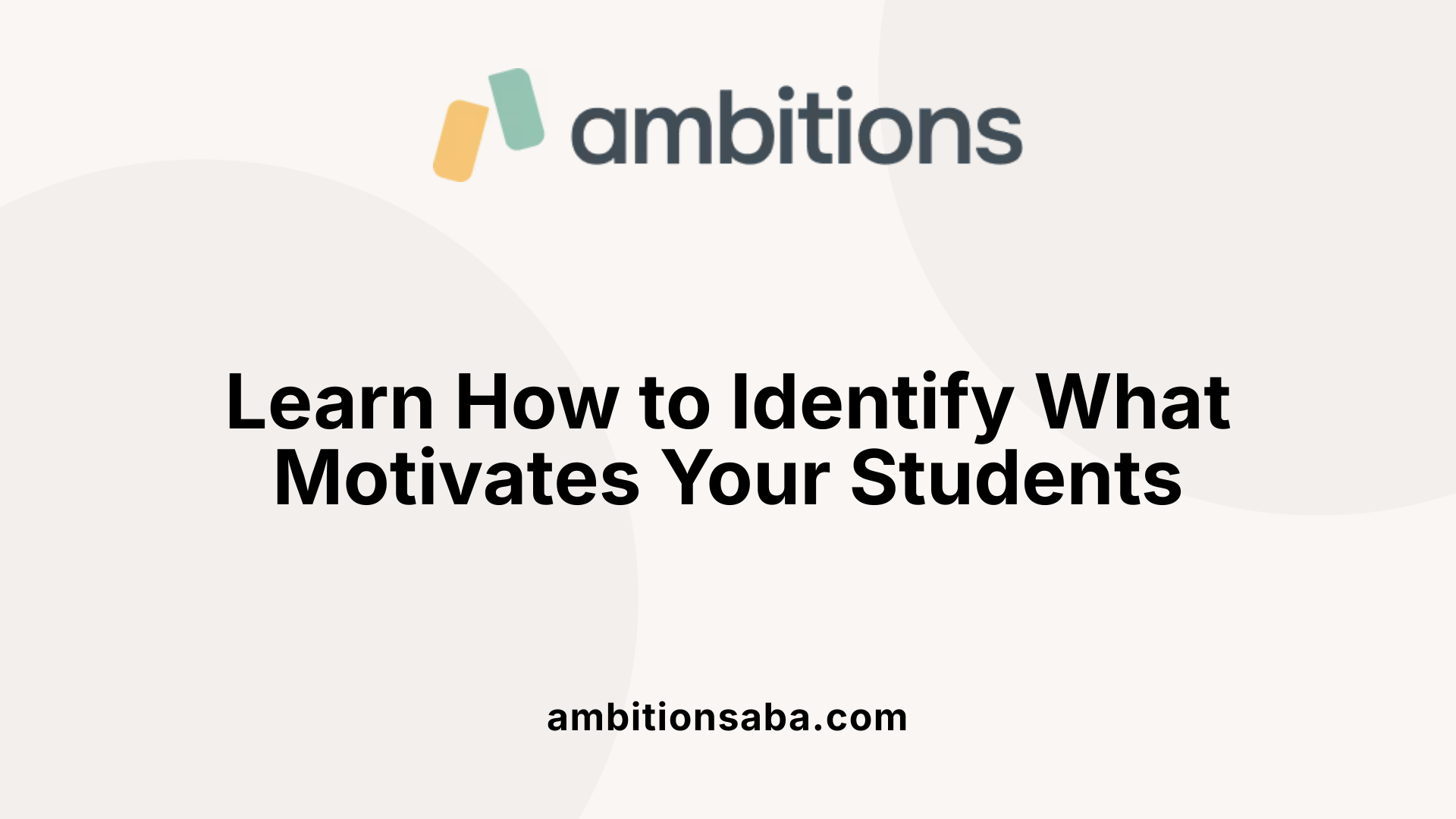 When creating individualized reinforcement menus as part of a Positive Behavior Support (PBS) plan, conducting accurate preference assessments is essential. These assessments help identify what motivates each student and determine which reinforcers will be most effective for promoting desired behaviors.
When creating individualized reinforcement menus as part of a Positive Behavior Support (PBS) plan, conducting accurate preference assessments is essential. These assessments help identify what motivates each student and determine which reinforcers will be most effective for promoting desired behaviors.
Methods for assessing student preferences
One common approach is the preference ranking method, where students are presented with various items—such as toys, activities, or privileges—and asked to rank their choices. Observing which items students spend the most time engaging with during free play or break times provides valuable data.
Another effective strategy is the multiple stimulus with replacement (MSWR), where several items are shown, and students select one. After the selection, the item is replaced, and the process is repeated multiple times to establish consistent preferences.
A more detailed method is the paired choice (forced-choice) assessment, which involves presenting two items at a time to determine which is preferred. Repeating this process across multiple pairs helps rank preferences more precisely.
How to measure engagement with reinforcers
Measuring how students interact with potential reinforcers is crucial. This can include recording the duration of engagement with each item, noting responses such as time spent, frequency of interaction, or attempts to access the items. Engagement data helps confirm whether students truly find the reinforcers appealing.
Observation forms, timed sessions, and data sheets are useful tools for collecting this information. For example, tracking the amount of time a student spends with a preferred toy over a set period provides insight into its reinforcement value.
Utilizing preference data to guide reinforcement choices
The data collected from assessments guide educators in selecting reinforcers tailored to each student's likes and motivations. Preference hierarchies are built by ranking items based on frequency and duration of engagement—creating a clear view of what works best.
Typically, a reinforcer hierarchy includes 3 to 5 options at each level: low, mid, and high. For example, a student might prefer stickers (mid), a favorite game (high), or a specific activity (high) as top-tier reinforcers. This hierarchy allows for flexible and context-appropriate reinforcement, switching to lower-preference items if higher ones are unavailable.
Creating quick-reference lists, such as a tiered reinforcer list or a top 5 reinforcers chart, helps educators deliver prompt reinforcement during activities like circle time or transitions.
Regular review and updates
Student preferences can change over time. It’s recommended to review and update preference assessments every 3 to 4 months, or whenever reinforcers seem less effective. Consistent reevaluation ensures reinforcement strategies remain relevant and motivating.
By employing a variety of assessment methods, tracking engagement, and regularly updating data, educators can develop strong, customized reinforcement systems that support positive behavior and learning outcomes for each student.
Designing Reinforcer Hierarchies and Schedules for Behavior Change
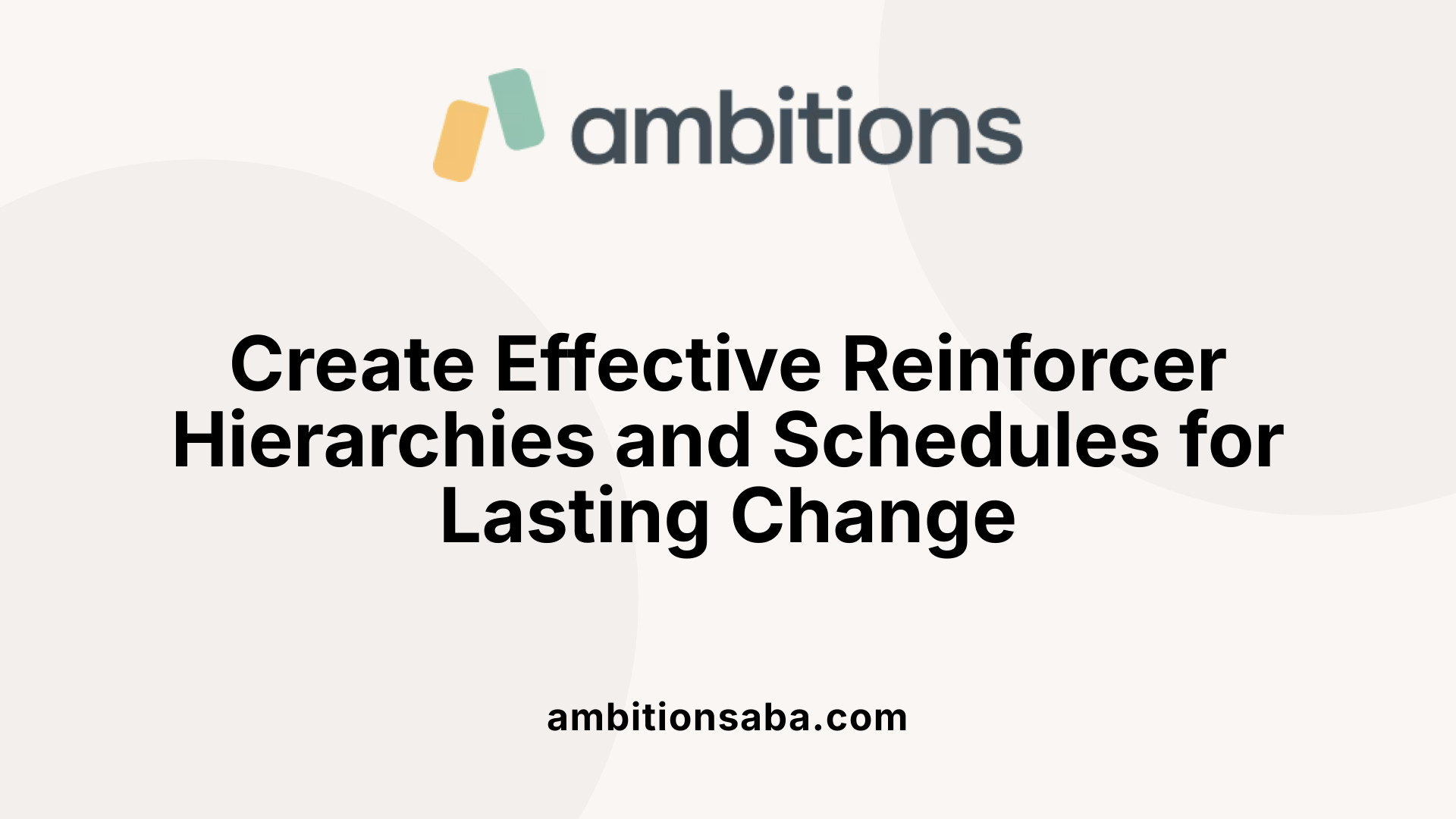
How do you create reinforcement hierarchies?
Creating reinforcement hierarchies begins with conducting preference assessments. These assessments help identify what each student prefers and how much they engage with different items or activities. Once preferences are ranked, educators develop a hierarchy typically consisting of three to five reinforcers at each level—low, mid, and high. This ranking allows teachers to choose appropriate reinforcers based on the activity or behavior targeted.
A quick-reference tier list of the top five reinforcers can make it easier to provide immediate reinforcement during activities like circle time. Regular review of the hierarchy, about 3 to 4 times per year, ensures it reflects any changes in student preferences, keeping reinforcement strategies relevant and effective.
What are the different types of reinforcement schedules?
Reinforcement schedules determine how often reinforcement is provided after a behavior occurs. They include:
| Schedule Type | Description | Best Used For | Examples |
|---|---|---|---|
| Continuous Reinforcement (CRF) | Reinforcing every instance of a behavior | Early learning stages, skill acquisition | Reward every correct response |
| Ratio Schedules | Reinforcement after a specific number of responses | To increase behaviors efficiently | Every 5 responses, 10 responses etc |
| Interval Schedules | Reinforcement after a time period with at least one response | To maintain behaviors over time | Fixed or variable intervals (e.g., every 5 min, 10 min) |
Furthermore, schedules can be gradually thinned or faded over time to prevent dependence on constant reinforcement. Thinning involves reducing reinforcement frequency, encouraging behaviors to persist without frequent reinforcement.
How do you fade reinforcement to maintain behaviors?
Fading reinforcement is a systematic process that helps sustain behavior changes while reducing reliance on constant reinforcement. Initially, behaviors should be reinforced on a continuous basis, especially during skill acquisition.
As behaviors become more stable, reinforcement schedules are gradually thinned. For example, shifting from continuous to interval schedules or increasing the response requirement in ratio schedules. This process, known as schedule thinning, ensures the behavior is maintained over time even when reinforcement becomes less frequent.
It’s also helpful to pair reinforcement with intrinsic motivators and to incorporate differential reinforcement strategies like DRA or DRI. These strategies reinforce appropriate replacement behaviors and make the targeted behaviors less necessary.
In sum, effective reinforcement systems adapt over time, progressing from frequent, immediate reinforcement to more natural and less contingent methods. This approach fosters durable behavior change while promoting independence and motivation.
Implementing Reinforcement Strategies in Diverse Settings
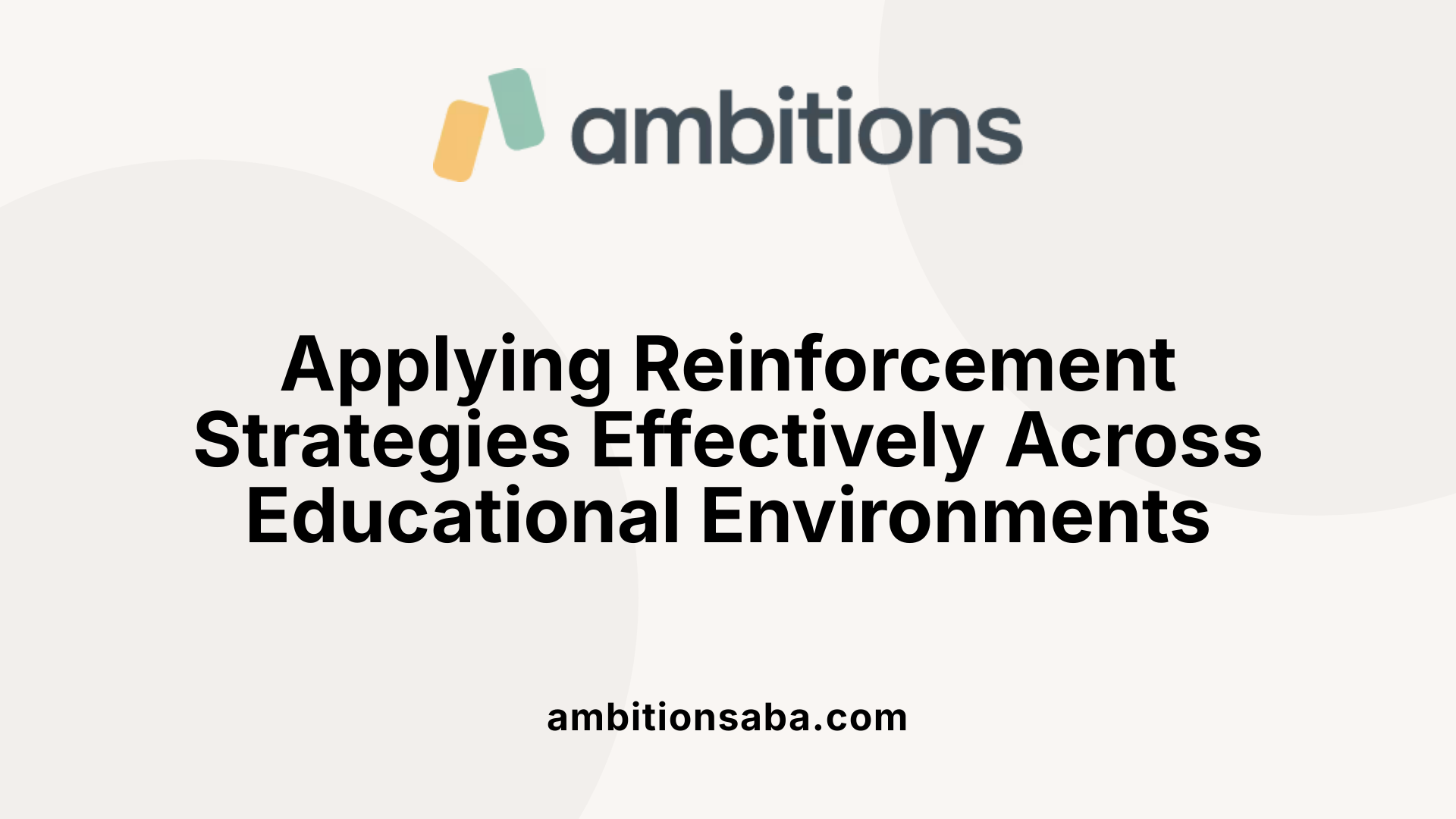
How can reinforcement strategies be implemented effectively in educational or special education settings?
Effective use of reinforcement strategies in schools involves multiple coordinated steps. First, staff training is crucial to ensure that everyone understands how to apply reinforcement consistently and correctly. Proper training helps educators and staff grasp the principles behind positive reinforcement, making sure reinforcers are used effectively to shape desired behaviors.
Selecting appropriate reinforcers is also essential. These should be meaningful and suitable to each student’s age, preferences, and cultural background. Reinforcers can include social praise, tangible rewards like small items or privileges, or group-based incentives. Immediate delivery of reinforcement after the targeted behavior strengthens the association and increases the chance of the behavior occurring again.
Using structured reinforcement procedures such as differential reinforcement—where desirable behaviors are reinforced while problem behaviors are not—and reinforcement schedules can greatly improve outcomes. These strategies help promote good behavior and decrease disruptive or problematic actions.
Data collection and regular monitoring are vital components of successful reinforcement implementation. Teachers should review preference assessment data periodically to update reinforcers and adjust reinforcement schedules. This ensures the program remains relevant and effective as students’ preferences change.
Integrating reinforcement strategies within broader behavioral frameworks like PBIS (Positive Behavioral Interventions and Supports) enhances their impact. Consistent application, ongoing fidelity checks, and continuous staff training promote a positive, supportive environment that encourages social-emotional development and academic success.
Overall, effectiveness is maximized when reinforcement strategies are clear, consistent, culturally responsive, and part of a comprehensive behavior support plan, ensuring all students benefit from a positive and engaging learning environment.
Integrating Cultural Responsiveness and Equity in Reinforcement Practices
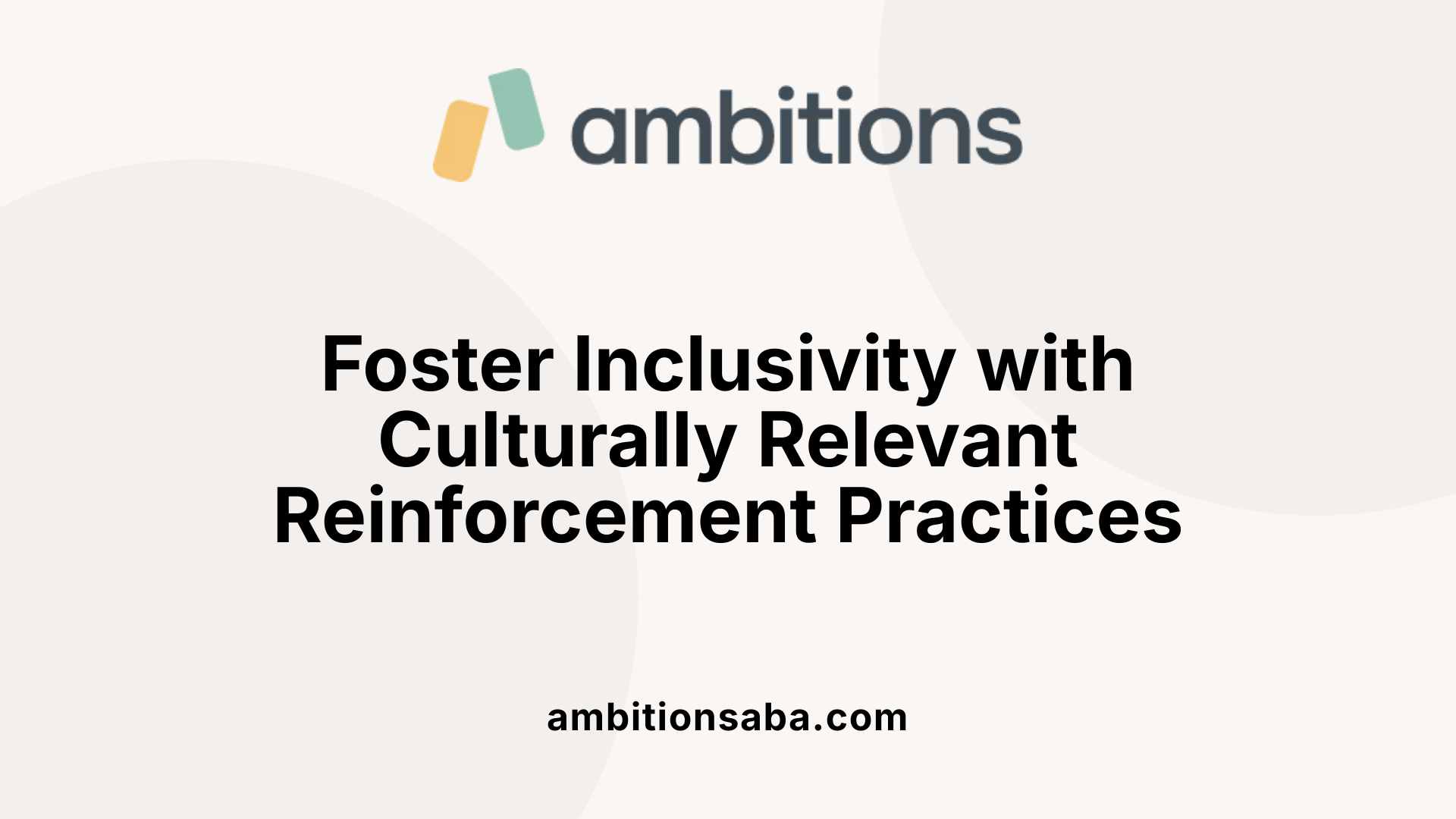
How do culturally relevant reinforcers enhance reinforcement strategies?
Culturally relevant reinforcers are essential for promoting engagement and motivation among diverse student populations. These are items, activities, or recognition methods that reflect students’ cultural backgrounds and preferences. When reinforcers resonate with students’ identities, they become more meaningful and effective in encouraging positive behaviors. For example, incorporating culturally significant music, language, or symbols can foster a stronger connection between students and the reinforcement system.
How can families and communities be involved in reinforcement practices?
Engaging families and communities in reinforcement strategies helps create a supportive environment that extends beyond the classroom. Schools can involve families by sharing information about reinforcement methods and inviting input on preferred reinforcers. Community collaborations might include culturally relevant events and recognition programs that honor students’ backgrounds. Involving families in co-constructing reinforcement plans increases trust, cultural responsiveness, and student motivation.
How do reinforcement practices promote fairness and inclusivity?
Promoting equity in reinforcement practices means ensuring all students have access to meaningful reinforcers and opportunities to earn positive recognition. Strategies include avoiding favoritism, using universal criteria aligned with school-wide expectations, and providing a variety of reinforcement options to suit individual interests. Additionally, regular review and adjustment of reinforcement plans help address changing student preferences and prevent inadvertently disadvantaging any group.
What are important considerations for ensuring equitable and effective reinforcement practices?
To ensure fairness and effectiveness, it is crucial to rely on data-driven decision-making. Collecting preference data through assessments guides the selection of culturally relevant reinforcers tailored to individual students. Implementing a multi-tiered support system like PBIS ensures universal positive supports while offering targeted interventions. Reinforcing students' cultural identities and involving their families enhance intrinsic motivation. Regularly reviewing and adjusting reinforcement strategies maintains alignment with students’ evolving preferences and school-wide goals, fostering an inclusive and equitable environment.
| Aspect | Focus | Example |
|---|---|---|
| Cultural Relevance | Use student backgrounds to select reinforcers | Favorite traditional foods, music, or language activities |
| Family and Community Engagement | Involve families and community resources | Culturally themed events, community recognition programs |
| Fairness and Inclusivity | Ensure equal access and avoid bias | Multiple reinforcement options chosen through student input |
| Data-Driven Adjustments | Regular assessment and updates | Preference surveys, engagement tracking |
By integrating these practices, schools can build positive, inclusive, and culturally responsive reinforcement systems that support all students effectively.
Monitoring and Reviewing Reinforcement Systems for Sustained Success
How can reinforcement options be organized and utilized effectively based on data?
Organizing and utilizing reinforcement options effectively involves a systematic approach to data collection and analysis. Educators should track how students respond to different reinforcers by monitoring engagement levels, response rates, or specific behavioral outcomes.
By establishing a baseline through initial assessments, schools can identify which reinforcers are most motivating for individual students. Data such as time spent with certain objects or frequency of accessed rewards help fine-tune reinforcement menus.
Advanced strategies include using reinforcement learning techniques that model student responses, optimize reinforcement timing, and select the most impactful options. These approaches leverage data to make real-time adjustments, ensuring reinforcers remain relevant and motivating.
Tables summarizing preferred reinforcers, engagement metrics, and reinforcement schedules can help educators manage and update reinforcement menus effectively. Continuous monitoring and adjustment increase the likelihood of achieving desired behaviors.
What are the benefits of regularly reviewing reinforcement menus?
Regularly reviewing reinforcement menus offers several advantages. It helps maintain alignment with students’ evolving preferences, preventing satiation and keeping motivation high.
Frequent updates allow educators to adapt strategies based on developmental changes or shifts in interests, ensuring reinforcers stay relevant.
This ongoing review process promotes consistency and fairness, which are vital for building successful reinforcement systems. It also supports data-driven decision-making, enabling educators to identify emerging patterns and refine reinforcement hierarchies.
In addition, regular review helps sustain positive behaviors over time by preventing reward fatigue and ensuring the reinforcers continue to support learning goals. Overall, it fosters an adaptable, effective approach to reinforcement that contributes to a positive classroom climate.
Fostering Sustainable and Culturally Responsive Reinforcement Systems
Developing a reinforcement menu that works involves thoughtful assessment, strategic design, and continuous review. By aligning reinforcers with individual preferences and behavioral functions, employing data-driven adjustments, and ensuring cultural responsiveness, educators can create motivating environments that promote positive behaviors effectively and equitably. When reinforcement strategies are consistent, adaptable, and culturally sensitive, they lay the foundation for lasting behavior change, improved student engagement, and a positive school climate. Ongoing collaboration with students, families, and staff is essential to sustain these efforts and foster an inclusive, motivating educational experience for all learners.
References
- Creating an Individualized Positive Reinforcement Menu
- How to Create a Reinforcer Hierarchy
- GUIDE TO REINFORCEMENT SYSTEMS
- Page 7: Reinforcement-Based Interventions - IRIS Center
- Reinforcement Strategies
- Understanding Reinforcement in ABA Therapy
- Using Positive Reinforcement for High-Need Children
- 5 Proven Strategies for Effective Positive Reinforcement ...
- Positive Reinforcement: Definition and Mechanism Explained

